# The Evolution of Cryptography: From Ancient Codes to Quantum Security
Written on
Chapter 1: A Journey Through Cryptography
The evolution of codes and cryptography is an intriguing subject that has unfolded over millennia, showcasing a variety of methods and technologies. This topic has been on my mind for quite some time, but various commitments kept me from delving into it. Individuals and organizations alike utilize cryptographic techniques for a multitude of purposes—from safeguarding sensitive information and thwarting espionage to facilitating the creation and transfer of cryptocurrencies and other digital assets. However, many remain unaware of the rich history that has shaped cryptographic systems. This overview will summarize some key milestones and phases in the fascinating field of cryptology, which focuses on the art of creating and deciphering codes.

Ancient Codes and Early Encryption Methods
The techniques of ancient ciphers and early encryption involved transforming messages so that only authorized individuals could interpret them. These methods typically included replacing or rearranging letters or symbols in the original message using a secret key or algorithm. Here are a few notable examples:
#### The Caesar Shift Cipher
Utilized by Julius Caesar and his forces in the 1st century BC, the Caesar cipher was employed to encrypt military and official communications. This basic substitution cipher replaced each letter in the message with another letter shifted a certain number of places down the alphabet. For instance, with a shift of 3, ‘A’ would become ‘D’, ‘B’ would turn into ‘E’, and so forth. The shift value, ranging from 1 to 25, acted as the cipher's key. To decode the message, the recipient needed to know the key to revert the letters to their original positions. However, the Caesar cipher was vulnerable to frequency analysis, a method that counts letter occurrences in the ciphertext and compares them to expected frequencies, making it relatively easy to crack.
#### The Scytale Cipher
The ancient Greeks, including the Spartans, used a transposition cipher around the 7th century BC for encrypting military and political messages. This method involved altering the order of the letters in a message based on a hidden pattern determined by a cylindrical rod called a scytale. The sender would wrap a strip of parchment around the scytale and write the message along its length. After unwrapping, the strip was sent to the intended recipient, who would need a scytale of the same diameter to read the message. This cipher could be compromised by trying different rod sizes until the message became clear.
#### Steganography
Steganography, distinct from traditional ciphers, refers to techniques that conceal messages in plain sight by disguising them. Its roots extend back to ancient civilizations, serving purposes in espionage, propaganda, and art. Examples include writing a message on a shaved head, which would be obscured as the hair grew back, using invisible ink or microdots, and embedding messages in various mediums like texts, images, or videos. When executed skillfully, steganography can be difficult to detect; however, it can be uncovered through careful analysis.
The Renaissance and Early Modern Cryptography
The Renaissance and early modern period saw a surge in cryptographic practices, driven by political, religious, and scientific changes. Cryptography became increasingly sophisticated, widespread, and subject to decryption efforts. Key developments in this period included:
#### The Rise of Diplomatic Cryptography
During the Renaissance, diplomacy underwent a significant transformation, leading to the establishment of permanent embassies and the development of international law. The need for secure communication among diplomats highlighted the importance of cryptography as a vital tool. It allowed diplomats to protect confidential information while also facilitating covert intelligence gathering. Here are a few significant examples:
- The Vigenère cipher, a polyalphabetic substitution cipher deemed unbreakable for centuries, was developed by Giovan Battista Bellaso in 1553 and later improved by Blaise de Vigenère in 1586. It became widely adopted by European diplomats until the 19th century.
- The Babington Plot of 1586 aimed to assassinate Queen Elizabeth I and replace her with Mary, Queen of Scots. The plot was thwarted by Sir Francis Walsingham, who intercepted and decoded messages between the conspirators using a nomenclator, a combination of symbols and code words.
- The Great Cipher, a complex substitution cipher used by French kings from Louis XIV to Louis XVI, was invented by Antoine and Bonaventure Rossignol in 1645 and remained undeciphered until 1890.
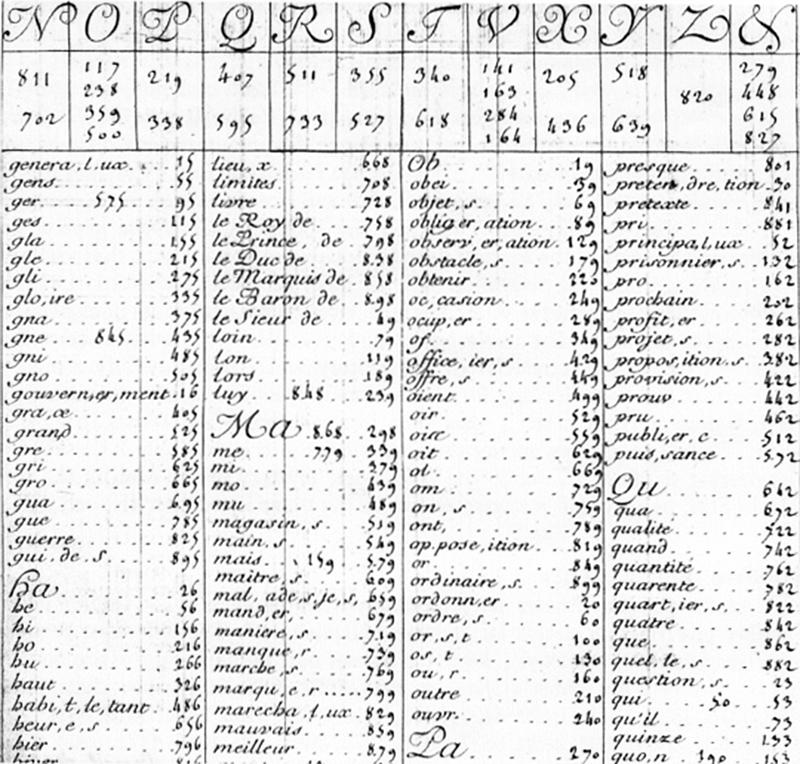
Cryptography's Role in Religion and Science
The Renaissance era, marked by significant intellectual and societal changes, also experienced intense religious conflicts and groundbreaking scientific advancements. Cryptography played a critical role in both realms, facilitating dissent and the clandestine transmission of knowledge. Notable examples include:
- The Trithemius cipher, created by Johannes Trithemius in 1508, disguised as a book on magic titled Steganographia, which taught how to communicate with angels through hidden messages.
- The Baconian cipher, developed by Francis Bacon in 1605, encoded messages within texts using two different typefaces or fonts.
- The Newtonian cipher, utilized by Isaac Newton to encrypt his alchemical and theological notes, assigned numbers to letters based on their frequency or position in the alphabet.
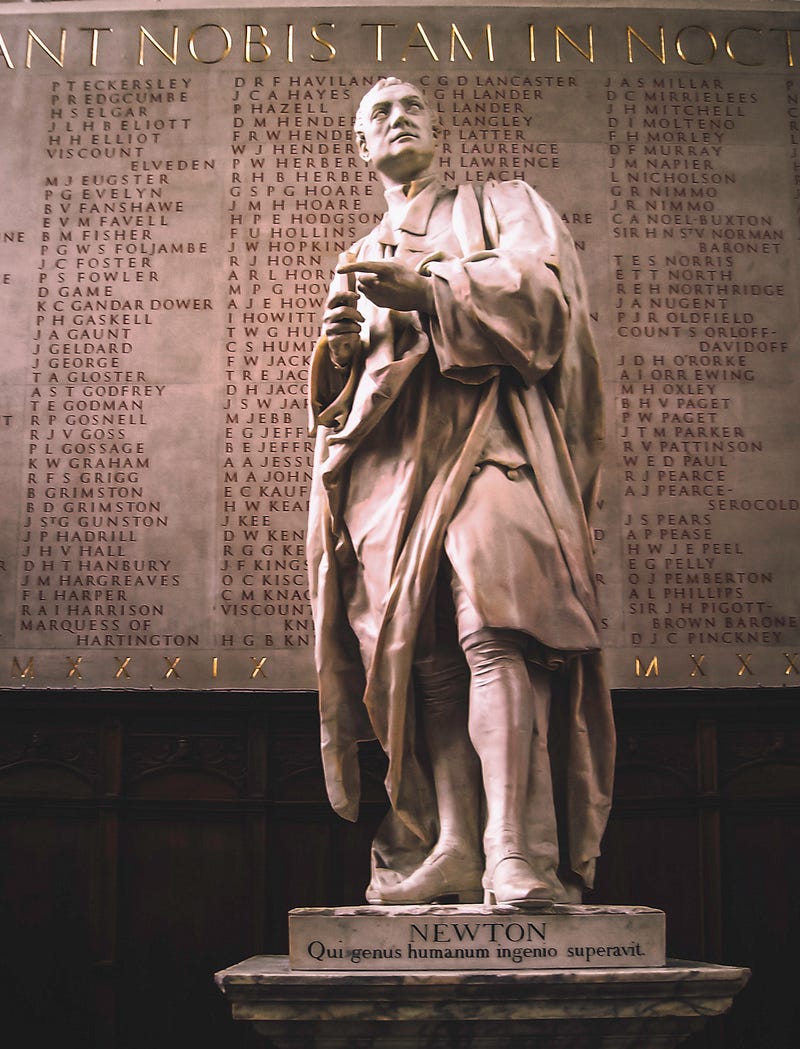
The Enigma Machine and World War II
The Enigma machine, used by Nazi Germany during World War II, was a cipher machine that encrypted military and diplomatic communications. Initially considered secure, the Enigma's code was eventually broken by Allied forces, who used the intelligence gained to turn the tide of the war.
The Enigma was invented by German engineer Arthur Scherbius in 1918, featuring a keyboard, lampboard, plugboard, and rotors that allowed for complex message encryption.
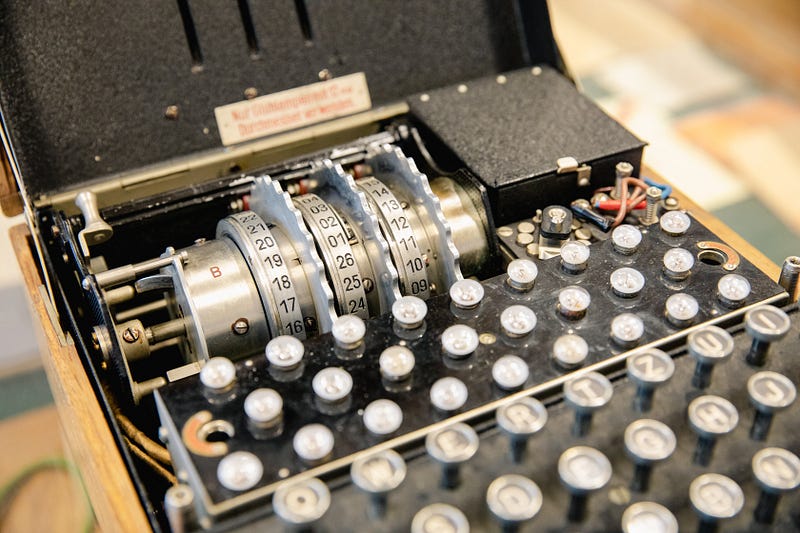
The Allies' breakthrough in decrypting the Enigma code can be traced back to Polish mathematicians who developed techniques and machines for this purpose. Their methods were shared with British and French intelligence before the war. In 1939, Britain established the clandestine code-breaking unit Ultra at Bletchley Park, where mathematician Alan Turing and his team refined decryption processes, leading to significant military advantages.
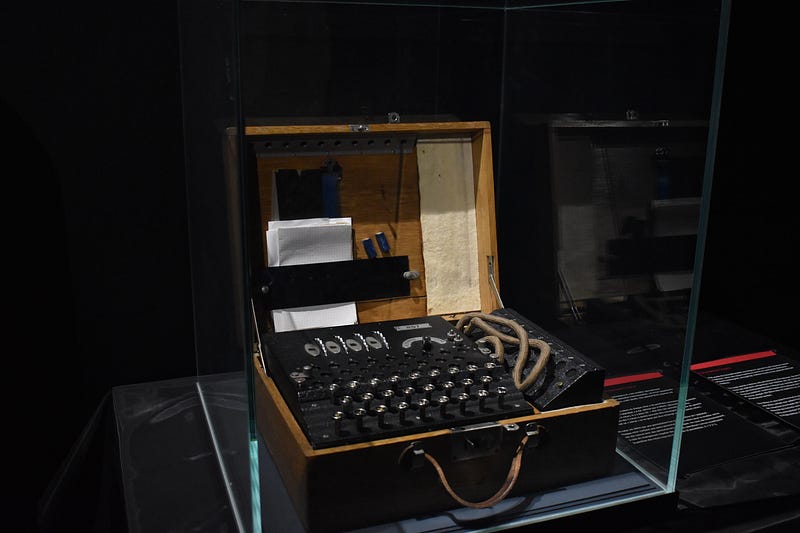
The Digital Age and Public-Key Cryptography
As digital technologies and the internet gained traction, they transformed the landscape of cryptography. Public-key cryptography, or asymmetric cryptography, employs a pair of interconnected keys—a public key for encryption and a private key for decryption—allowing secure communication between parties who have no prior trust.
Public-key cryptography emerged in 1976 with Whitfield Diffie and Martin Hellman's groundbreaking paper, “New Directions in Cryptography.” Their method allowed two parties to establish a shared secret key over an insecure channel without prior communication.
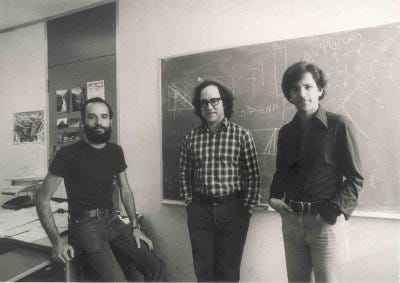
This innovation drastically improved security in various applications, such as e-commerce, online banking, and cryptocurrency.
Quantum Cryptography: A New Frontier
Quantum cryptography represents a transformative phase in encryption, leveraging the principles of quantum mechanics to create systems theoretically immune to conventional attacks. One of the most prominent methods within this field is Quantum Key Distribution (QKD), enabling two parties to establish a shared secret key over an insecure channel.
QKD utilizes the unique properties of quantum states, ensuring that any attempt to intercept the signals introduces detectable errors.

Additionally, quantum-resistant cryptography is being developed to create algorithms that will remain secure even against the power of quantum computers, addressing vulnerabilities in widely used public-key systems.
Cryptography has transitioned from simple manual techniques to complex mechanized and digital systems, driven by the evolving needs for communication, security, and privacy. Its influence spans historical events, wars, and modern applications, making it not only a practical tool but also a scientific and mathematical discipline. As new challenges arise in the digital age, cryptography continues to evolve and adapt.
Thank you for taking the time to read this overview. If you enjoyed this exploration into cryptography, feel free to show your support!
In this first video, "History of Cryptography: Behind The Code - Episode 1," we delve deeper into the fascinating developments in the field of cryptography.
The second video, "Secret Codes: A History of Cryptography (Part 1)," takes a closer look at the evolution of cryptographic techniques over the years.